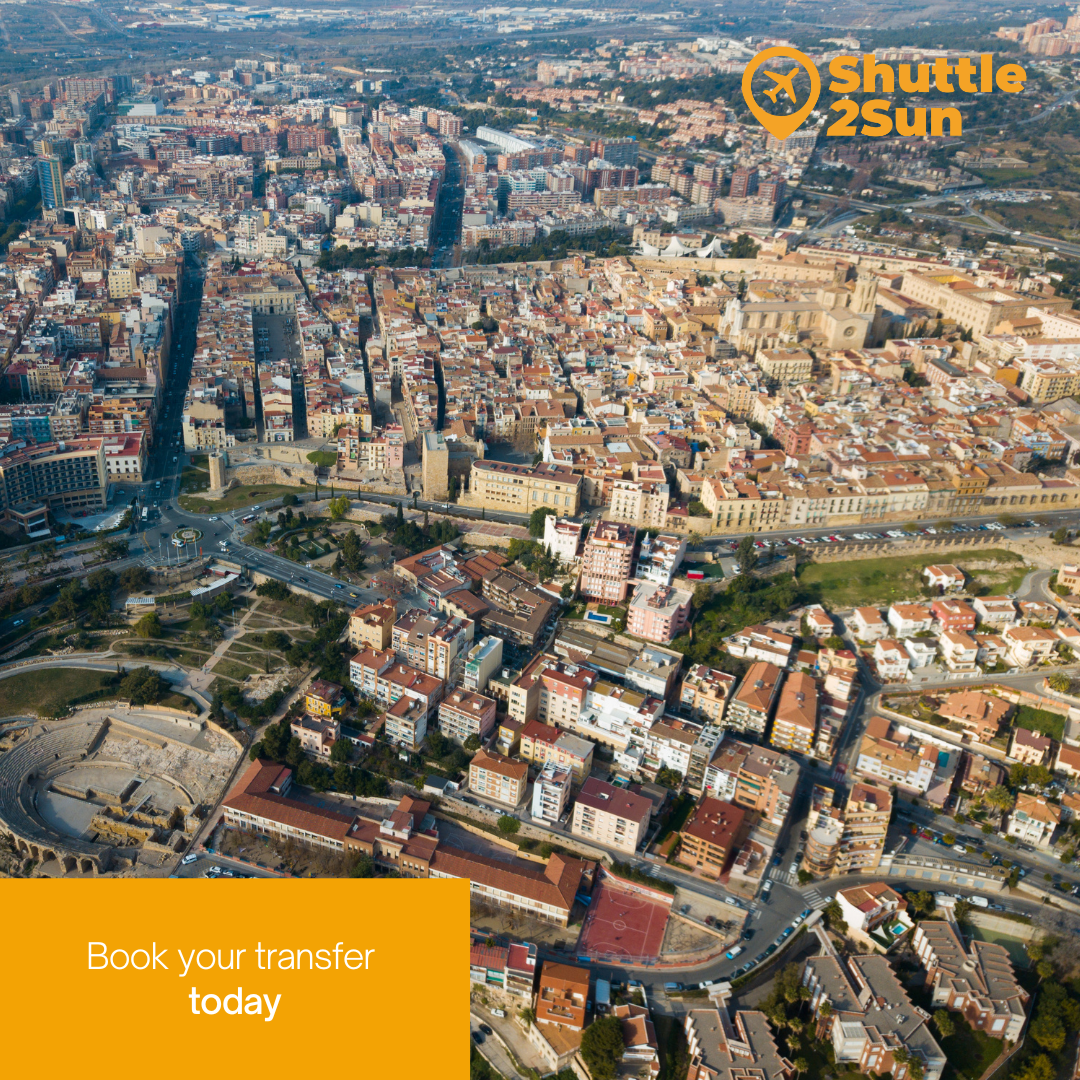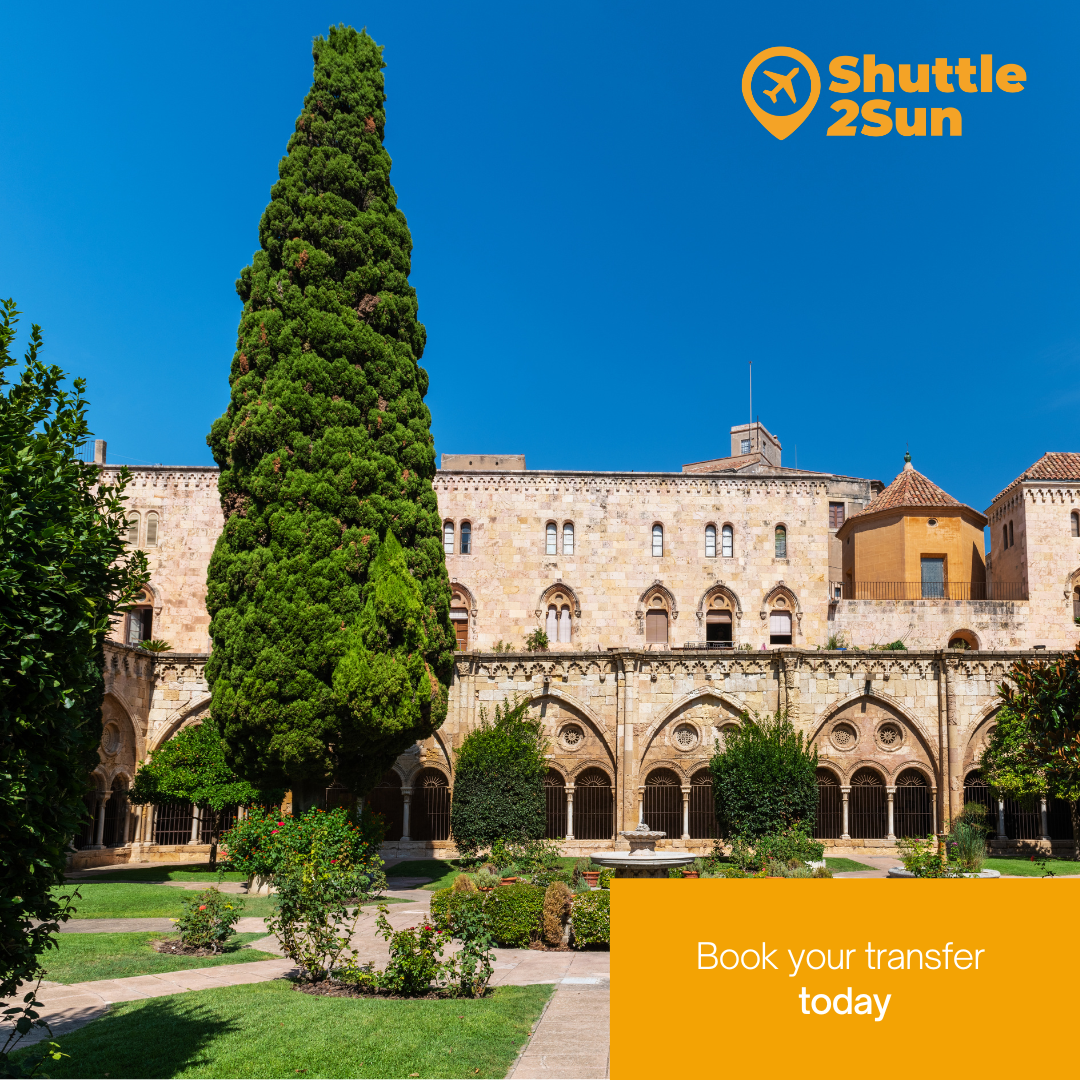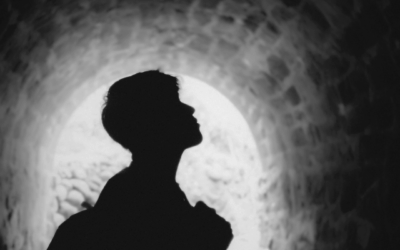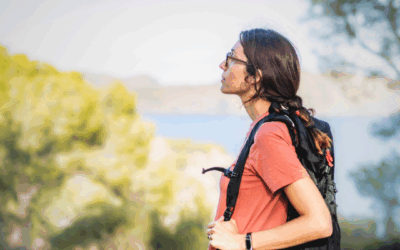Nestled on the Mediterranean coast, Tarragona is not only synonymous with Roman ruins and golden beaches: its narrow streets also hold a valuable medieval legacy that is clearly evident in its old town. Just a few kilometres from tourist destinations such as Salou, La Pineda, Cambrils and Reus, this World Heritage city offers a unique experience for those who want to immerse yourself in centuries of living history.
The upper town, known as the Part Alta, is home to much of this medieval past. Its walls, gateways, towers and squares preserve the layout of the ancient feudal city that grew up on Roman ruins. As you walk through its cobbled streets, you will discover castles, churches, stately homes and a cathedral that continues to dominate the city skyline with solemn grandeur.
The combination of sea, culture and architecture makes Tarragona a historical gem of Costa Dorada that deserves to be explored with calm and admiration. You can reach this city with the shared transfer services and private transfer services offered by Shuttle2Sun, which are low-cost and sustainable, from Barcelona Airport, Barcelona Port, Reus Airport, Girona Airport and Camp de Tarragona AVE train station.
A legacy within the walls: the medieval history of Tarragona
After the fall of the Roman Empire and the arrival of the Visigoths, Tarragona underwent a period of transformation that would culminate, centuries later, in its consolidation as an important medieval enclave. During the Middle Ages, the city reinvented itself upon the foundations of ancient Tarraco, becoming a leading ecclesiastical centre and the seat of the archbishopric.
The period of greatest medieval splendour took place between the 12th and 14th centuries, when Tarragona enjoyed stability and economic growth. During this time, many of the structures that are still preserved in the historic centre today were built, such as the cathedral, the cloister, the Archbishop’s Palace and the medieval wall.
Tarragona Cathedral: the spiritual heart of the medieval city
Dominating the Part Alta of Tarragona, the Metropolitan and Primate Cathedral Basilica of Santa Tecla is one of the city’s most representative landmarks and a true jewel of Catalan medieval heritage.
Its construction began at the end of the 12th century on the remains of an ancient Roman temple, the Temple of Augustus, and a Visigothic church, reflecting the continuity of the sacred nature of the site over the centuries.

Consecrated in 1331, the Cathedral combines Romanesque and Gothic elements, with the latter style predominating in its monumental façade and magnificent rose window, the largest in Catalonia. Inside, visitors can enjoy an impressive architectural ensemble that includes the central nave, its main altarpiece dedicated to Saint Tecla, created by the Catalan sculptor Pere Joan in the first half of the 15th century, and chapels such as the Chapel of the Blessed Sacrament and the Chapel of Saint Tecla.
The cloister is also particularly noteworthy one of the most outstanding pieces of medieval art in Catalonia. In addition to its architectural value, the Cathedral houses the Diocesan Museum of Tarragona, which preserves liturgical pieces, sacred art, manuscripts and other relics of great value.
So that you can enjoy every corner of medieval Tarragona, Shuttle2Sun offers shared transfer services and private transfer services that are low-cost and sustainable, from Barcelona Airport, Barcelona Port, Reus Airport, Girona Airport and Camp de Tarragona AVE train station.

Paborde Castle and the Archbishop’s Tower
The imposing Archbishop’s Tower remains today the most prominent remnant of the old Paborde Castle, a medieval fortress built on top of a Roman tower in the 12th century. Already mentioned in documents from 1154 by Archbishop Bernat Tort, this castle initially served as a residence for canons and a defensive site to protect against coastal raids. Originally associated with the provost or paborde (ecclesiastical administrator), it was transformed into an archbishop’s palace in the 16th century, when the bishop moved his residence from the now-lost Patriarca Castle.
The current Archbishop’s Tower, which stands around twenty metres tall, retains defensive elements as one of the towers of the Roman wall was used in its construction. This structure is the only perfectly preserved remnant of the old castle and is integrated into the Roman wall, symbolising a thousand-year-old fusion between classical antiquity and the medieval ecclesiastical power of Tarragona.
The medieval walls
Although Tarragona is known for its imposing Roman walls, in the Middle Ages the city also reinforced its defensive system with new structures that both complemented and altered the ancient foundations. Among the most representative elements of this defensive architecture are three towers that still continue to command an imposing presence.
The Arandes Tower, located at a strategic end of the wall; the Monges Tower, which owes its name to the cloistered convent that was located in its vicinity; and the Tintoré Tower, located near the current Plaça del Pallol.
Pla de la Seu: the monumental heart of medieval Tarragona
Pla de la Seu is much more than just the forecourt of the Cathedral: it is a space that concentrates centuries of history, architecture and urban life. Located at the top of the Part Alta, this large open space was built on the site of the ancient Roman provincial forum, but it was in the Middle Ages when it came to prominence.
One of the most emblematic buildings in the area was the old Tarragona Town Hall, located on the side of the Pla. Nearby lies Merceria Street, one of the most vibrant commercial streets of medieval Tarragona. And finally, there is Casa Balcells, a stately building that illustrates the rise of wealthy families linked to the administration and the Church.
Exploring medieval Tarragona means immerse yourself in centuries of history, where every corner connects us to a city that was, and continues to be, a witness to the passage of time and the richness of its heritage. Shuttle2Sun offers shared transfer services and private transfer services that are low-cost and sustainable, from Barcelona Airport, Barcelona Port, Reus Airport, Girona Airport and Camp de Tarragona AVE train station.



